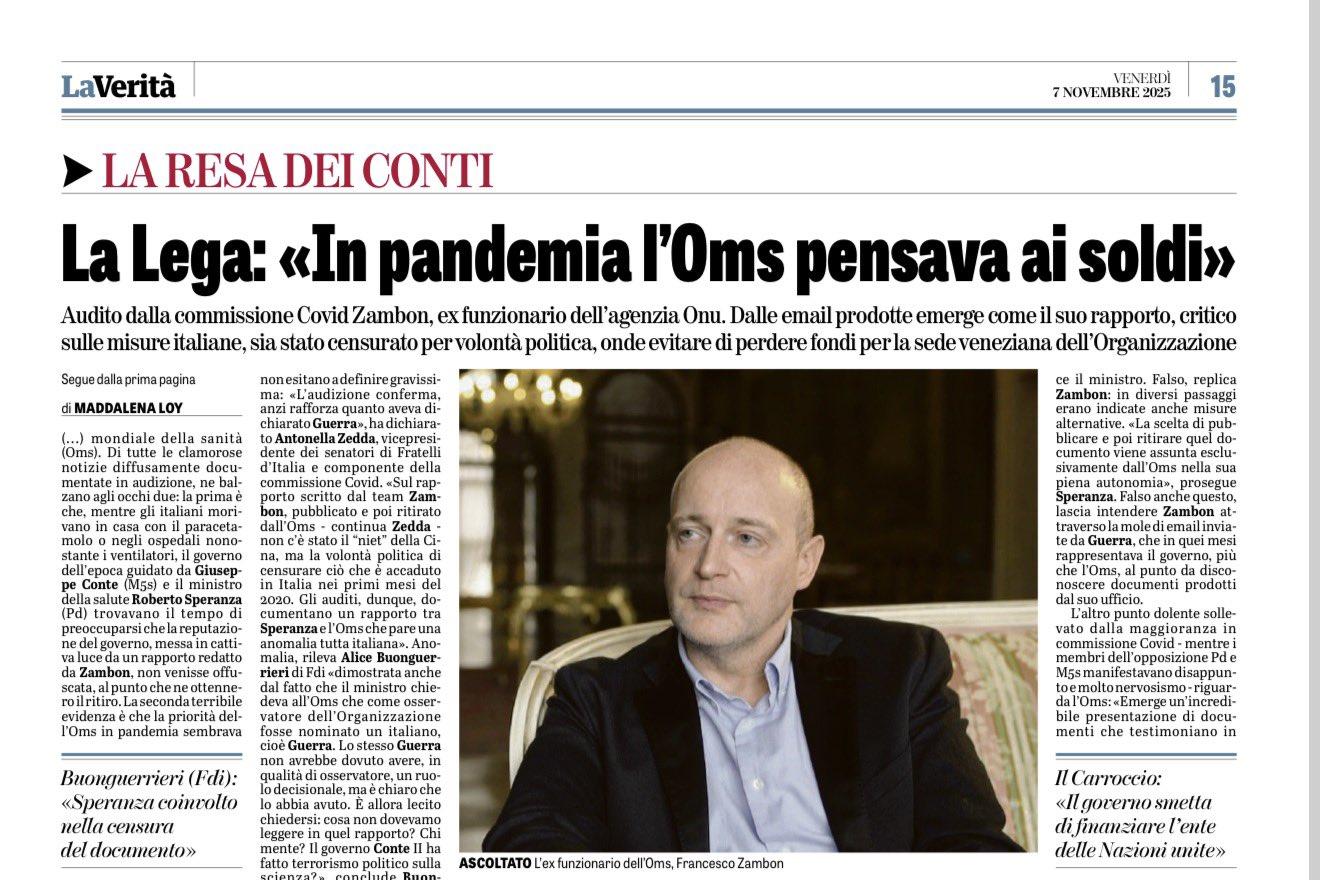LA MASSIMA IPOCRISIA dell'OCCIDENTE!
L’uomo ritratto a sinistra è stato uno dei leader di Al-Qaeda in Siria, formazione terroristica poi confluita in Jabhat al-Nusra, responsabile di stragi, persecuzioni e innumerevoli vittime, in particolare tra le comunità cristiane d’Oriente: un bilancio di sangue che, per intensità, supera persino quello di Hamas.
A destra, invece, siede l’ex comandante delle forze armate statunitensi in Medio Oriente, già direttore della CIA, l’uomo che per anni ha avuto il compito di eliminare proprio quel miliziano.
Oggi, sul palco di un forum a margine dell’Assemblea Generale delle Nazioni Unite, lo si vede intervistarlo con deferenza, nella sua nuova veste di presidente della Siria.
Via il turbante, sostituito dalla giacca e dalla cravatta; barba accorciata, eloquio misurato. Una metamorfosi estetica che accompagna un’incredibile metamorfosi politica.
La conclusione resta amara: l’Occidente, nel suo eterno gioco di alleanze mutevoli, non smette di mostrare il volto della più tragica ipocrisia.
THE ULTIMATE HYPOCRISY OF THE WEST!
The man portrayed on the left was one of the leaders of Al-Qaeda in Syria, a terrorist group that later merged into Jabhat al-Nusra, responsible for massacres, persecutions and countless victims, in particular among the Christian communities of the East: a blood toll which, in terms of intensity, even surpasses that of Hamas.
On the right, however, sits the former commander of the US armed forces in the Middle East, former director of the CIA, the man who for years had the task of eliminating that very militiaman.
Today, on the stage of a forum on the sidelines of the United Nations General Assembly, he is seen being interviewed with deference, in his new role as president of Syria.
The turban is gone, replaced by the jacket and tie; shortened beard, measured speech. An aesthetic metamorphosis that accompanies an incredible political metamorphosis.
The conclusion remains bitter: the West, in its eternal game of changing alliances, never ceases to show the face of the most tragic hypocrisy.
LA MASSIMA IPOCRISIA dell'OCCIDENTE!
L’uomo ritratto a sinistra è stato uno dei leader di Al-Qaeda in Siria, formazione terroristica poi confluita in Jabhat al-Nusra, responsabile di stragi, persecuzioni e innumerevoli vittime, in particolare tra le comunità cristiane d’Oriente: un bilancio di sangue che, per intensità, supera persino quello di Hamas.
A destra, invece, siede l’ex comandante delle forze armate statunitensi in Medio Oriente, già direttore della CIA, l’uomo che per anni ha avuto il compito di eliminare proprio quel miliziano.
Oggi, sul palco di un forum a margine dell’Assemblea Generale delle Nazioni Unite, lo si vede intervistarlo con deferenza, nella sua nuova veste di presidente della Siria.
Via il turbante, sostituito dalla giacca e dalla cravatta; barba accorciata, eloquio misurato. Una metamorfosi estetica che accompagna un’incredibile metamorfosi politica.
La conclusione resta amara: l’Occidente, nel suo eterno gioco di alleanze mutevoli, non smette di mostrare il volto della più tragica ipocrisia.
THE ULTIMATE HYPOCRISY OF THE WEST!
The man portrayed on the left was one of the leaders of Al-Qaeda in Syria, a terrorist group that later merged into Jabhat al-Nusra, responsible for massacres, persecutions and countless victims, in particular among the Christian communities of the East: a blood toll which, in terms of intensity, even surpasses that of Hamas.
On the right, however, sits the former commander of the US armed forces in the Middle East, former director of the CIA, the man who for years had the task of eliminating that very militiaman.
Today, on the stage of a forum on the sidelines of the United Nations General Assembly, he is seen being interviewed with deference, in his new role as president of Syria.
The turban is gone, replaced by the jacket and tie; shortened beard, measured speech. An aesthetic metamorphosis that accompanies an incredible political metamorphosis.
The conclusion remains bitter: the West, in its eternal game of changing alliances, never ceases to show the face of the most tragic hypocrisy.












